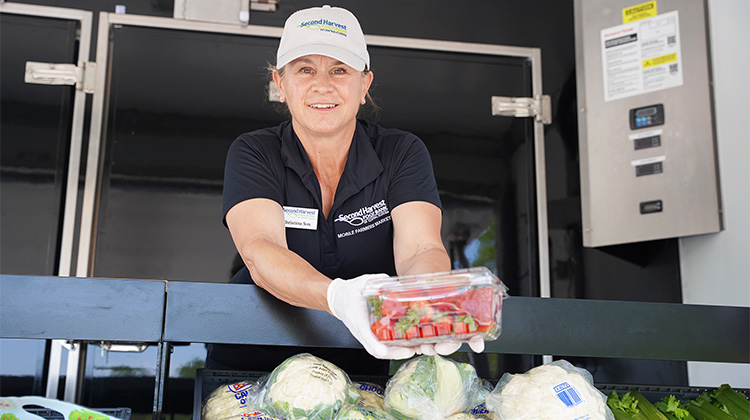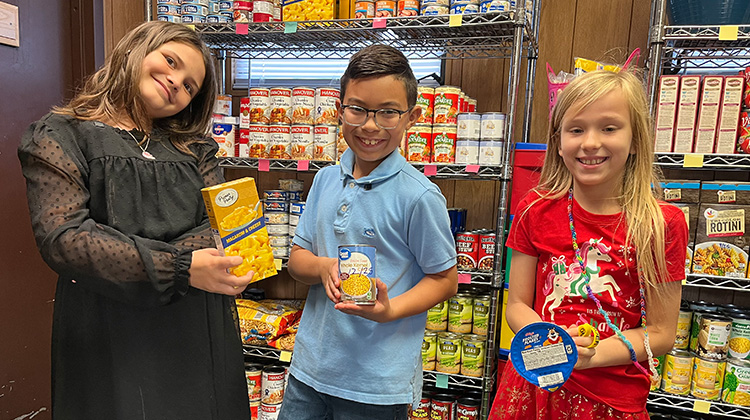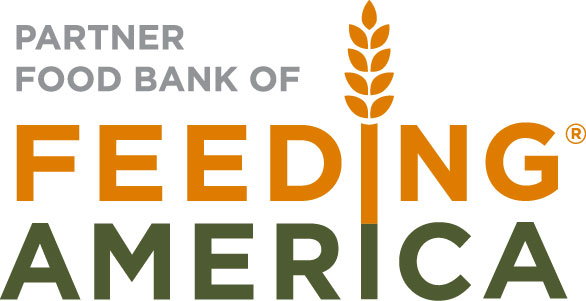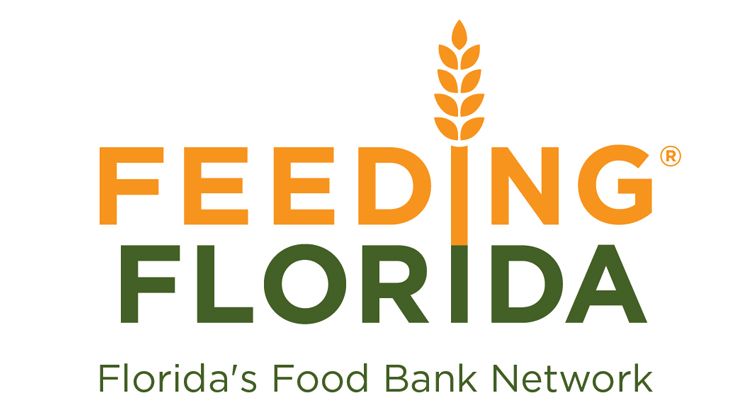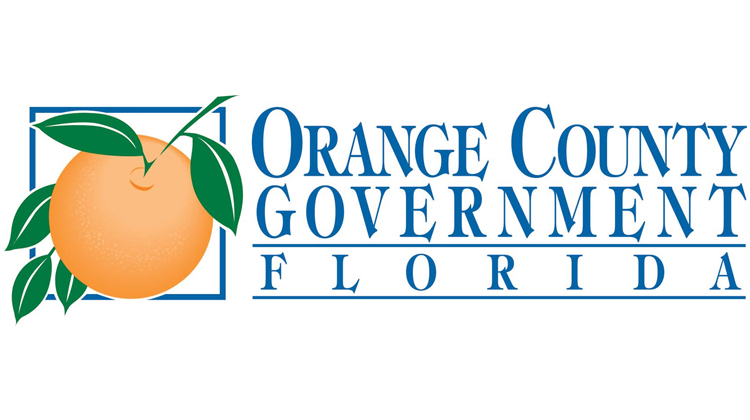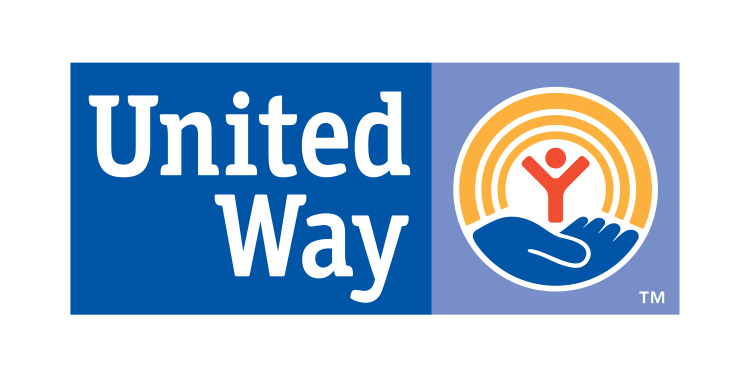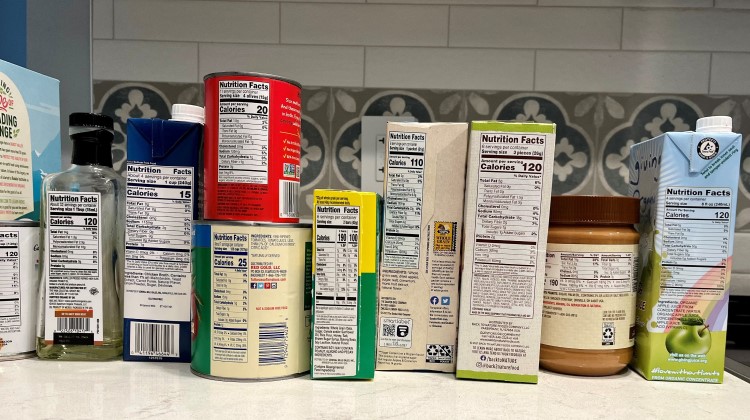
In a world brimming with dietary choices and food products, the ability to read and comprehend food labels is more critical than ever. The Nutrition Facts Label is an essential tool for helping consumers navigate their decisions when shopping for food, especially amongst consumers with specific dietary restrictions or chronic illnesses such as diabetes or high blood pressure. Food labels are also an effective tool when it comes to food allergies or food sensitivity.
“Understanding food labeling allows consumers to make an informed decision when shopping,” explains Doreen Bevans, a nutrition educator with Second Harvest Food Bank of Central Florida. “I hope that the lessons I teach about healthy eating will lower the rates of chronic diseases and increase access to healthy and nutritious foods.”
One of the courses taught through Second Harvest’s Nutrition Education Program focuses on understanding labels and ingredients. Below, Doreen shares five top takeaways from the class.
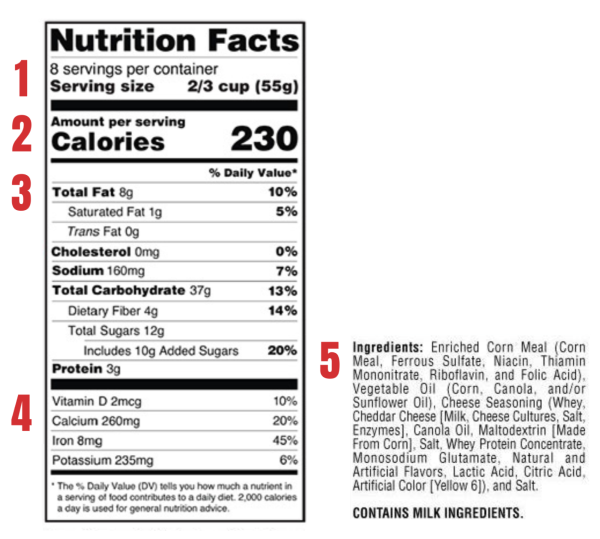
1. Check the serving size and the number of servings per container.
Serving sizes reveal how many servings are in that food package container. Some labels might have ½ cup per serving or one serving.
Be aware the serving size does not always mean the whole package. For example, a box says the serving size is one cup and has four servings in the box. If you eat the entire box at one time, you get four times the calories, sodium, and fat for that item, plus everything else on the list.
2. Look at the calories.
Calories measure how much energy a person gets from a food serving. The number of servings consumed determines the number of calories.
Imagine one cup equals one serving and contains 300 calories per box. If you eat the entire package, you will consume four servings or 1,200 calories. Eating too many calories per day can be associated with weight gain and obesity.
3. Consider the nutrient list.
The nutrient list shows essential nutrients that impact health. Look for foods that contain more of the nutrients desired to improve health and less of the nutrients to avoid.
The nutrients to limit are saturated fat, sodium and added sugars. Eating foods with elevated levels of saturated fat and sodium, for example, is associated with an increased risk of developing health conditions like cardiovascular disease and high blood pressure. Consuming foods with added sugars, such as sucrose or high fructose corn syrup, and sugars from concentrated fruit or vegetable juices can make it hard to meet essential nutrient needs while staying within calorie limits.
Nutrients to get more of are dietary fiber, vitamin D, calcium, iron, and potassium. Eating a diet high in dietary fiber can increase the frequency of bowel movements, lower cholesterol levels, and reduce calorie intake. Diets higher in vitamin D, calcium, iron, and potassium can help to reduce the risk of developing osteoporosis, anemia, and high blood pressure.
4. Understand the Percent Daily Value (% DV)
The percent Daily Value (% DV) tells how much of each nutrient in a serving contributes to a daily 2,000-calorie diet. The % DV also helps determine if a serving of food is high or low in nutrients.
To determine which foods are high or low in nutrients, look at the percentage on the right side of the label next to the nutrient. A nutrient per serving at 5% DV or less is considered low. Aim for foods low in saturated fat, cholesterol, sodium, and added sugars to follow a heart-healthy diet. A nutrient per serving above 20% DV or more is considered high. Use this amount for nutrients to increase dietary fiber, vitamin D, calcium, iron and potassium intake.
Daily Value (DV) % can help quickly compare nutrients in similar products. For example, to find a salad dressing with less salt and added sugar, compare two different products and choose the lower % DV for sodium and added sugars.
5. Pay attention to the Ingredient List.
Product ingredients are listed by quantity, from highest to lowest amount. The first ingredient is what the manufacturer used the most. A good rule of thumb is to examine the first three ingredients, which comprise the most significant part of the food. For example, if the first three ingredients include refined grain, sugar, or hydrogenated oil, you can assume that the product is not the most nutritious. Always try to choose items that contain whole foods listed as the first three ingredients.
Once consumers understand how to read labels and their impact on their health, they can make better-informed decisions about food purchases.



